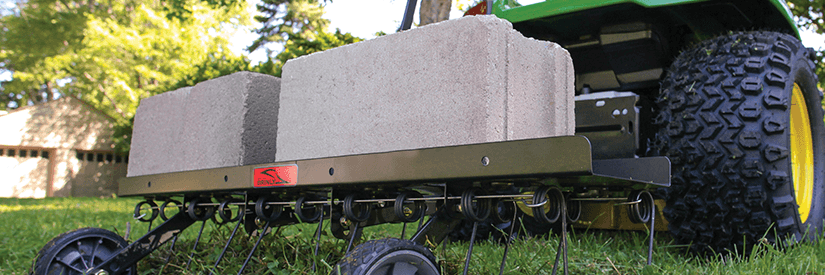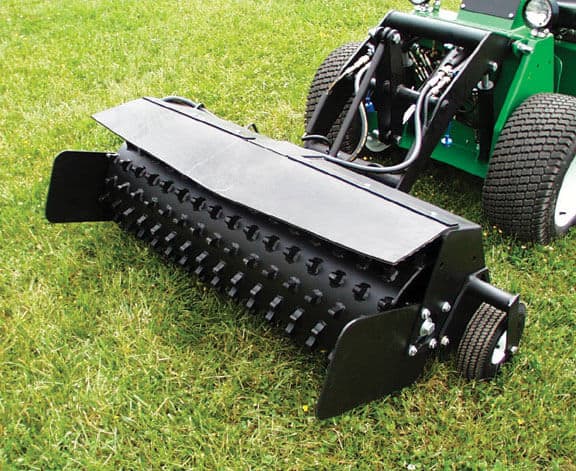Bentley britt's blog : Blades And Thatches

Removing thatches is not a strenuous one if one can acquire the best dethatching blade for maximum output. Thatches are layers of organic matter that gather on a lawn around the bed of grass plants. It is a tightly intermingled layer of living and dead stems, leaves, roots that amass between the layer of actively growing grass and the soil underneath. Thatches may affect the health of the grass plant in the long run.
Dethatching blades come in different makes and functions. Some blades come with metal string attachments, while others have nylon trimmer line attachments. You mustn't use a fragile blade for an arduous task less you destroy the blade and achieve little. To know the best dethatching blade may require some consultation to avoid losses or injuries, visit this web.
You must use the blades properly in the correct measurement of the height and spring attachment. You might need to replace weak or overused blades to ensure excellent performance.

Below are salient points about blades and thatches, they include:
First, get a good or best detaching blade possible.
Getting a good or the best detaching blade is not rhetoric or cliché but a necessity. The best detaching blade will help prevent grass damage and fatigue on the user. It can also help circumvent the occurrence of injuries on the user while dethatching. A blade that comes with metal spring attachments is a good option for mowing a temperate thatch, unlike the indiscriminate use of any dethatching blade, which may be dangerous to the lawn.
Avoid using the wrong blades.
The aim of using dethatching is to improve the health of the grass plant or lawn. Excessive thatches can restrict air, water, fertilizer, among others, to the roots. However, if the wrong blade is employed, this purpose is thwarted. The point above emphasizes the best dethatching blade to be used, which is as pivotal as the activity of dethatching itself. It is preferable to avoid blades with nylon trimmer line attachments. The use of such blades damages the grass.
Follow a prescribed pattern of engagement.
A disadvantage of DIY (do it yourself) is the absence of an external guide to guide. Sometimes doing it yourself may be counterproductive. Using the best detaching blade isn't enough. A guide must also provide necessary instruction to attain the desired result and avoid unscheduled challenges or catastrophes. In addition, a manual guide also stipulates if a dethatching process is needed or not.
Here is an example of a guide:
(a) Dig up a small section of grass—three inches square and 5 inches deep.
(b) Measure the layer of the thatch built up beneath the actively growing grass
(c) If the thatch layers are more than an inch thick, then you can consider dethatching.
(d) If the thatch layer is less than an inch thick, the lawn may not need urgent dethatching.
The above measures will help promote a healthy and well-trimmed lawn; this can be improved by following the steps with the best dethatching blade at your disposal.
- Technology

